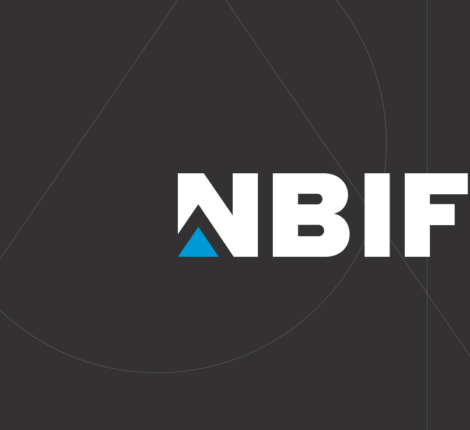- 23 novembre, 2011
- Recherche appliquée
- Comments : 0
Tech startup Trapster offers technology to track catches on the water
By Geoff Bird – Telegraph Journal | link to original article
Trapster Inc. is bringing innovation to the lobster fishery, a centuries-old industry better known for experienced knowledge and tradition.
The Saint John-based firm has designed a product that tracks valuable information on a fishing boat when each trap is hauled from the water with the aim of boosting a fisherman’s productivity. Should it catch on, Trapster president Daniel Doiron sees a $1-billion market for the company’s technology.
The company owes its start to Doiron’s family of fishermen on Prince Edward Island. Doiron said the idea for Trapster came while he was on his cousin’s boat.
« I was watching him fish, looking at the tools that he had and the decisions he was making, which all lobster fishermen make, » Doiron said. « I thought it would be interesting if he had a real-time historical perspective on how he’d done in the past that could help him make better decisions on where to place his lobster traps today. »
The Trapster system records information such as water temperature, depth and the location of each trap that’s hauled from the sea, while the fisherman plugs in the weight of each catch to compile a continuous performance history over the day and weeks of the fishing season.
« Our goal isn’t to build a tool that will take over all the thinking for them, » Doiron said. « Our goal is to give them a tool that will help them make one, two or even three better decisions a day that will impact their catch in a meaningful way. »
Doiron said one fisherman who is testing Trapster keeps an eye on his average catch weight all day.
If the average weight starts to track down, he’ll haul up his traps and move them to a more productive area.
It could mean bigger catches and result in big savings. A more productive fisherman would also spend less time motoring about in search of lobsters, Doiron said, saving money on fuel.
In an era in which an increasing number of fishermen are selling their licences as opposed to passing them down through family, Doiron said Trapster data could be also be valuable asset in the sale.
Trapster is now in its fourth year, a slowly developing project that gets Doiron’s spare time when he isn’t teaching at the University of New Brunswick.
This year the New Brunswick Innovation Foundation made a $50,000 venture capital investment in the company. Doiron said that, including that money, Trapster has raised $200,000 to date.
In the winter of 2011 the company finalized a product that was tested by three fishermen this spring. The challenge now is to raise money and commercialize the product, a process Doiron said should take about two years.
« We’re going to have to educate our clientele about why they want to buy this product, so that’s going to take some time, » Doiron said, adding that with lobster prices currently low, a new expense for cash-strapped fishermen is a tough sell.
« But if we can get some lobstermen using our product here, then we can get innovating with scallop, crab and shrimp fishermen. Then we have a real opportunity to take this out to a much broader worldwide product. »
There have been discussions with Hines Marine Services Ltd., a large marine electronics distributor in Nova Scotia about eventually carrying Trapster’s product.
« I can see it being a great help to the fisherman once they get their minds around it, » said John Hines, owner of Hines Marine.
« Usually historics are a good indication of what’s going to happen in the present and in the future, » Hines said.
« Lobsters are a beast of repetition. If they’re there at the spring fishery, they’ll probably be there next spring. The fall fishery is the same way. »
« Once the fishermen are making money, they can spend money to make more money. And this is one of the things they can easily spend money on to give their catch a boost. »


